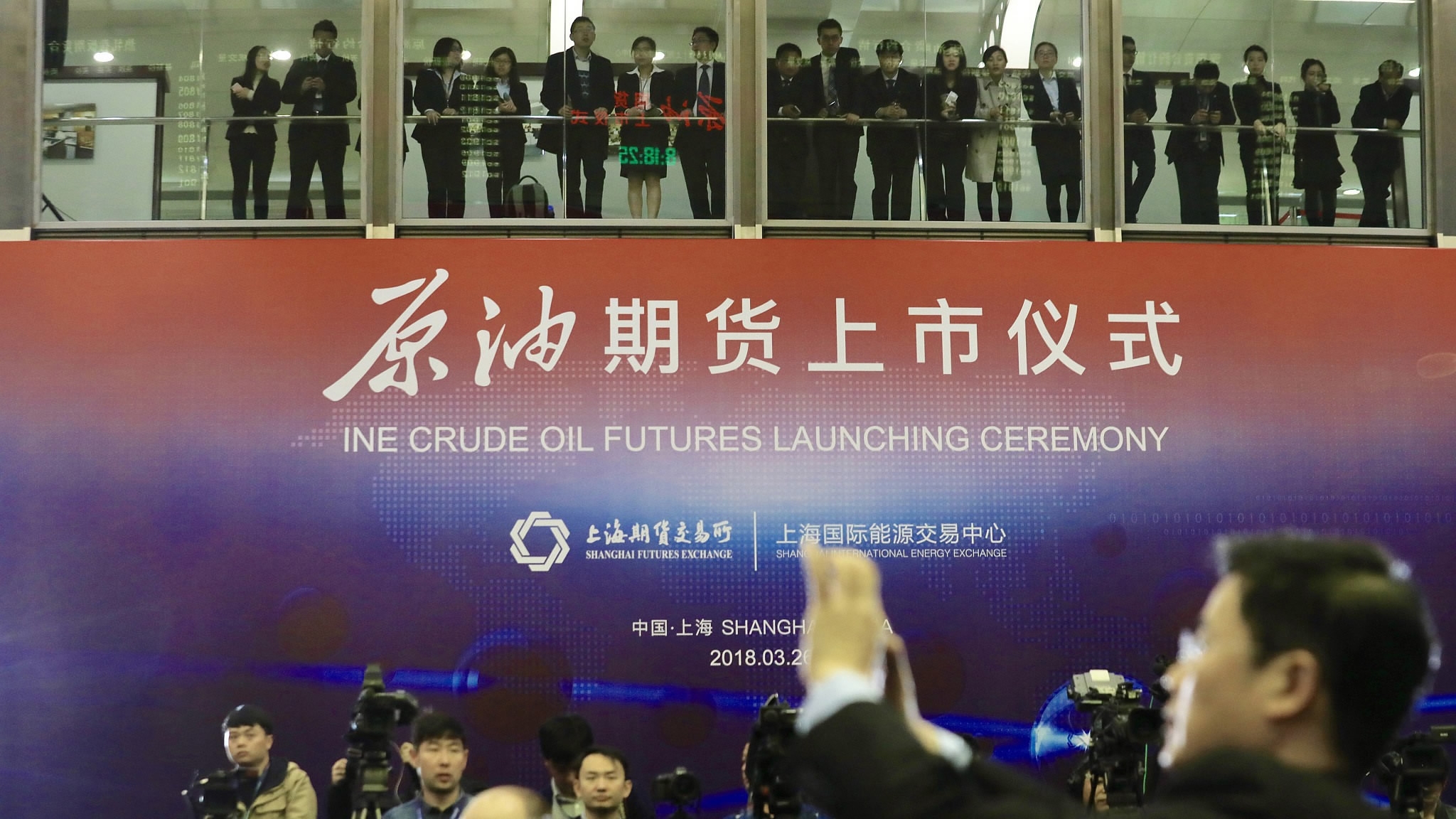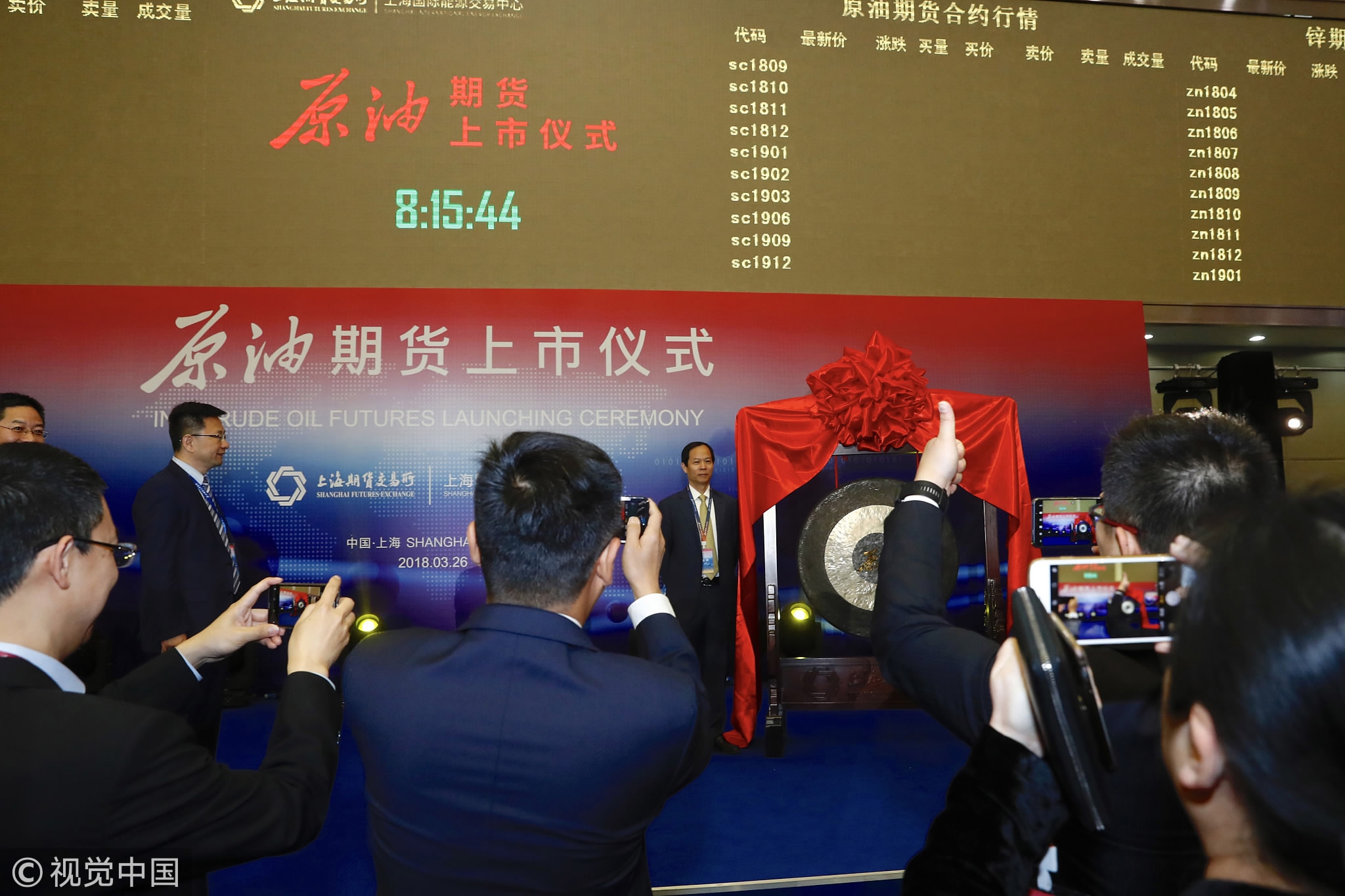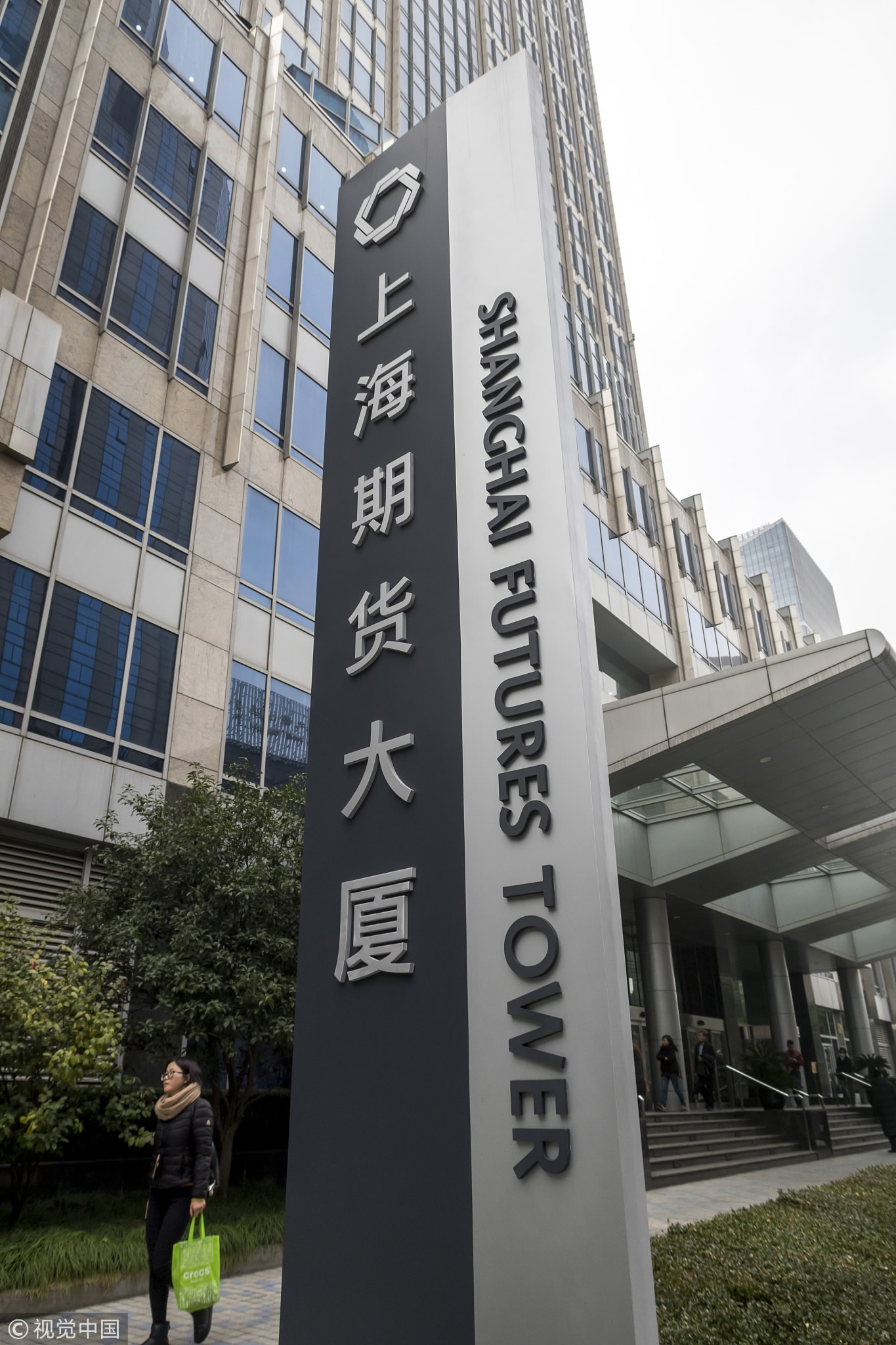
Opinions
17:12, 27-Mar-2018
Opinion: China launches RMB-priced crude oil benchmark backed by gold
Guest commentary by David Lee

We live in a world of petrodollars where traders follow Brent and WTI as established benchmarks. Now a credible regional benchmark competitor is in the making, as China formally launched its yuan-priced crude oil futures on March 26 at the Shanghai International Energy Exchange (INE).
Shanghai crude futures are traded in lot sizes of 1,000 barrels. The daily price change limit is set at 4 percent from a previous settlement, and the margin rate is 5 percent of contract value. Priced in yuan, Shanghai oil is convertible into gold, thus is able to bypass US dollar denominated benchmarks whilst appealing to risk sensitive traders mindful of a safeguard.
In preparation for years, the crude futures will be the first commodity contract in China open to foreign investment funds, trading houses, and oil firms. A keen observer, Japan’s Nikkei Asian Review was quick to point out last year that the Shanghai crude futures offers a way for certain oil exporters, such as Russia and Iran, to bypass US sanctions.
Some eager and optimistic commentators are already touting Shanghai crude futures as an instrument to challenge petrodollar dominance in the international market. China’s crude futures indeed offers big potential as a contender in the 24-hour global trading system together with Brent and WTI. At the very least, Shanghai crude is a regional benchmark contender in the Asia Pacific.

Crude oil futures launching ceremony in Shanghai, on March 26, 2018/VCG Photo
Crude oil futures launching ceremony in Shanghai, on March 26, 2018/VCG Photo
Now, some calm analysis provides clearer clues as to how the future may unfold. The success of Brent and WTI, to a large extent, comes from the convergence of the financial center and production base. In contrast, China is a big consumer, but not a significant producer. The China model is the convergence of the financial center and consumption market. Future market dynamics affect supply and demand as well as the producer and buyer balance and will definitely affect the success of Shanghai oil futures.
Shanghai crude is unique in that it provides a benchmark for medium sour crude, which represents the major imports by China and neighboring consumers. Such crude is in need of a practical price indicator too. Shanghai is located in a time zone somewhere in the middle of Brent and WTI, making it a natural contender for 24-hour continuous trading. Such technical features are what gives Shanghai crude its unique attractiveness. Meanwhile, China will waive income tax for foreign investors trading Shanghai crude for three years. These supportive policy measures are expected to generate trader interest.
There is no denying that the crude futures game is, to a large extent, one of currency power. Currently 80 percent of oil trading is denominated in US dollars. Over the years, China has been pushing to use yuan for trade settlements. When it comes to the energy trade, China as a key importer has been pursuing yuan payment with key exporters. Now the launch of a yuan-denominated oil is backed by a precious gold reserve, a measure that fully demonstrates China’s serious determination to nurture room for yuan-denominated oil to grow.

Shanghai Futures Tower./VCG Photo
Shanghai Futures Tower./VCG Photo
Given all the fanfare and heated talk, it’s rather far-fetched to say yuan-denominated oil is designed and tasked to overthrow petrodollars. Shanghai crude is part of a global market of mechanisms that offer useful, attractive services to certain market players, particularly in the Asia Pacific. Brent and WTI are not mutually excluding; likewise, Shanghai crude arrives to complement the market rather than to disrupt it. The success of Shanghai crude would provide extra momentum to the yuan, which is a good thing for both China and the international market.
However, do not let the promise of today’s Shanghai crude obscure from the not so distant history of one of China’s failed futures experiments. In 1992, the opening of Nanjing Oil Exchange actually made China the first Asian country to offer oil futures. In 1993, the former version of Shanghai crude futures was launched and quickly gained big trading volume. However, the early rush proved to be irrational and the futures market crashed in just a couple of years.
Risk management
Risk management is always a top priority for policy makers and regulators, particularly when the country’s gold reserve is at stake. Logistically, the biggest concern is adequate storage to ensure delivery of traded goods. As of 2017, China oil storage is up to some 33 days of consumption. It is expected that China will hold a 90-day “strategic petroleum reserve” by 2020. Meanwhile, China is yet to complete storage connectivity along its eastern coastal region, a major impediment to delivery.
Another key risk involves the capacity of the financial system and the players inside. In the fledgling market, large scale energy producers and traders are major players, but a lack of experienced financial players means that the market is still rather elusive, a situation the policy makers and regulators have to work hard to improve.
(David Lee is a consultant, author, and contributor based in Beijing who works on cross-cutting themes of energy, health, international politics, and international development. The article reflects the author's opinion, and not necessarily the views of CGTN.)

SITEMAP
Copyright © 2018 CGTN. Beijing ICP prepared NO.16065310-3
Copyright © 2018 CGTN. Beijing ICP prepared NO.16065310-3